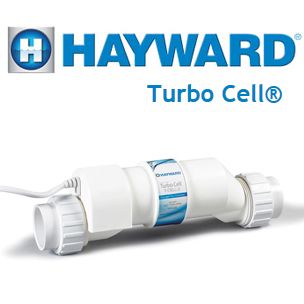

See Tips on using the List N Tool external icon.
Cleaning tcel 15 registration#
Check that the EPA Registration number external icon on the product matches the registration number in the List N search tool.

Wash your hands with soap and water for 20 seconds after cleaning.This could include personal protective equipment (PPE), such as gloves, glasses, or goggles, additional ventilation, or other precautions. Read the instructions on the product label to determine what safety precautions are necessary while using the product.Ensure cleaning staff are trained on proper use of cleaning and disinfecting products.Protect Yourself and Other Cleaning Staff Examples of high-touch surfaces include pens, counters, shopping carts, tables, doorknobs, light switches, handles, stair rails, elevator buttons, desks, keyboards, phones, toilets, faucets, and sinks. If a sick person or someone who tested positive for COVID-19 has been in your facility within the last 24 hours, you should clean AND disinfect the space.Ĭlean high-touch surfaces at least once a day or as often as determined is necessary. Is occupied by people at increased risk for severe illness from COVID-19.Does not provide access to handwashing or hand sanitizer.Is a high traffic area, with a large number of people.You may want to either clean more frequently or choose to disinfect in addition to cleaning in shared spaces if the space:

Environmental Protection Agency (EPA)’s List N disinfectants external icon kills any remaining germs on surfaces, which further reduces any risk of spreading infection. This also helps maintain a healthy facility.ĭisinfecting using U.S. If no one with confirmed or suspected COVID-19 has been in a space cleaning once a day is usually enough to remove virus that may be on surfaces. Always follow standard practices and appropriate regulations specific to your type of facility for minimum standards for cleaning and disinfection.Ĭleaning with products containing soap or detergent reduces germs on surfaces by removing contaminants and decreases risk of infection from surfaces. It does not apply to any cleaning or disinfection needed to prevent the spread of other germs. Additionally, this guidance only applies to cleaning and disinfection to prevent the spread of the virus that causes COVID-19. This guidance is indicated for buildings in community settings and is not intended for healthcare settings or for other facilities where specific regulations or practices for cleaning and disinfection may apply. Cleaning and disinfecting surfaces can also reduce the risk of infection. The most reliable way to prevent infection from surfaces is to regularly wash hands with soap and water or use alcohol-based hand sanitizer. In most situations, the risk of infection from touching a surface is low. It’s possible for people to become infected if they touch those surfaces and then touch their nose, mouth, or eyes.

The virus that causes COVID-19 can land on surfaces.


 0 kommentar(er)
0 kommentar(er)
